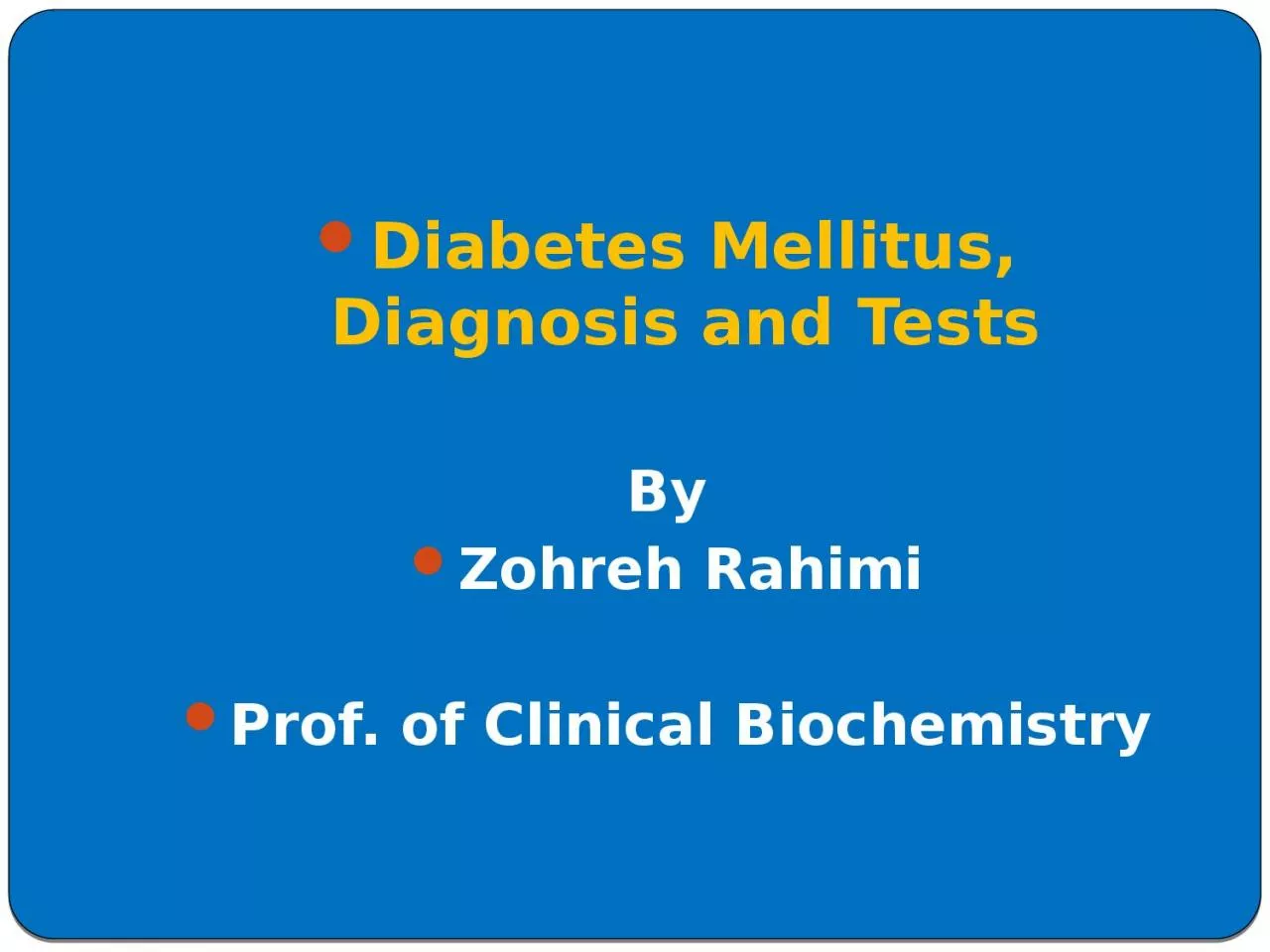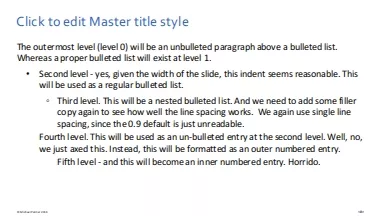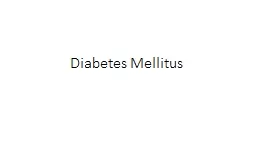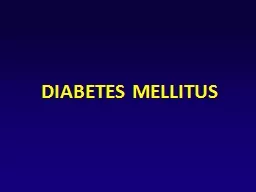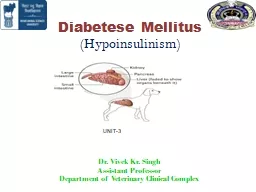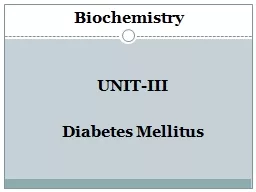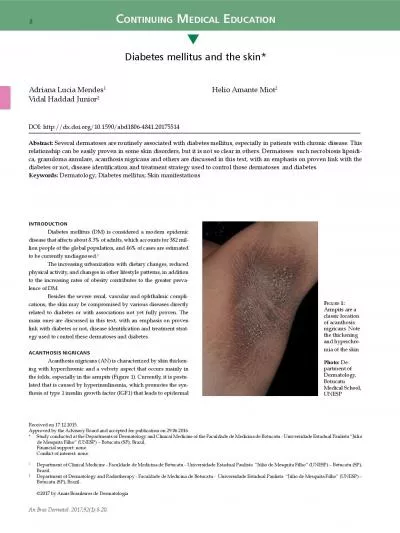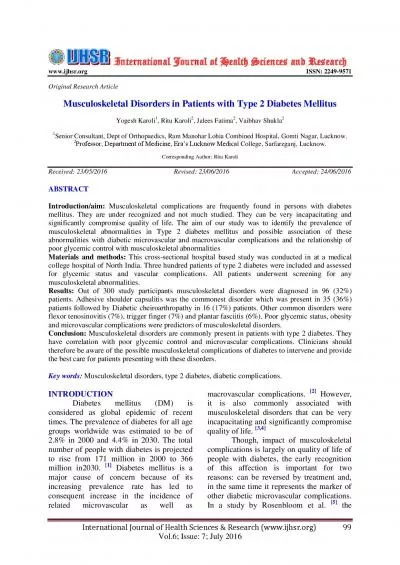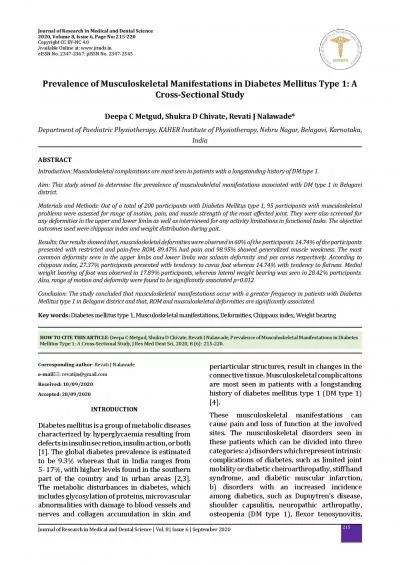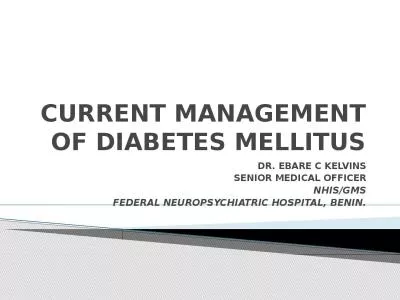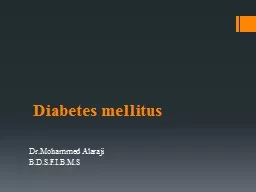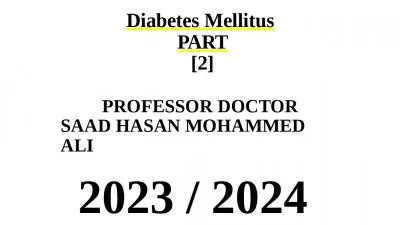PPT-Diabetes Mellitus, Diagnosis and Tests
Author : brianna | Published Date : 2022-06-11
By Zohreh Rahimi Prof of Clinical Biochemistry The concentration of glucose in blood is normally controlled within narrow limits by many hormones the most significant
Presentation Embed Code
Download Presentation
Download Presentation The PPT/PDF document "Diabetes Mellitus, Diagnosis and Tests" is the property of its rightful owner. Permission is granted to download and print the materials on this website for personal, non-commercial use only, and to display it on your personal computer provided you do not modify the materials and that you retain all copyright notices contained in the materials. By downloading content from our website, you accept the terms of this agreement.
Diabetes Mellitus, Diagnosis and Tests: Transcript
Download Rules Of Document
"Diabetes Mellitus, Diagnosis and Tests"The content belongs to its owner. You may download and print it for personal use, without modification, and keep all copyright notices. By downloading, you agree to these terms.
Related Documents

